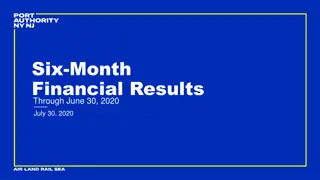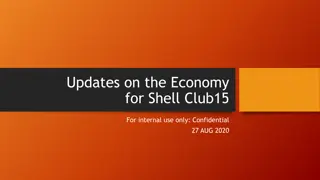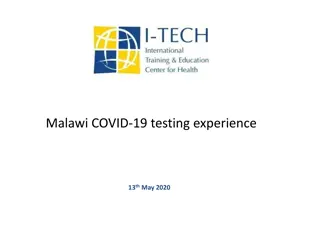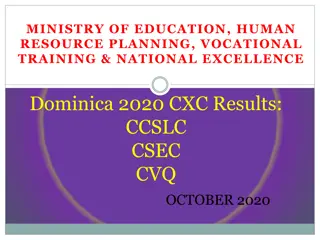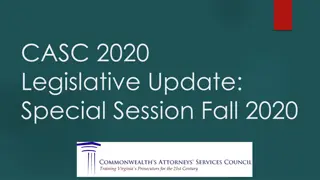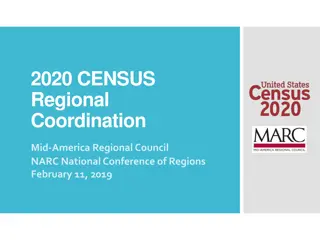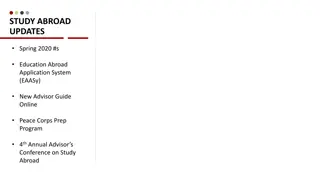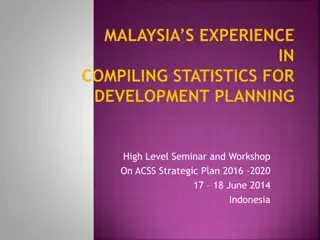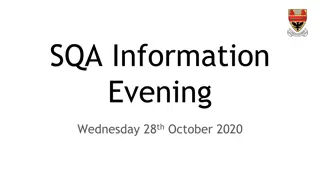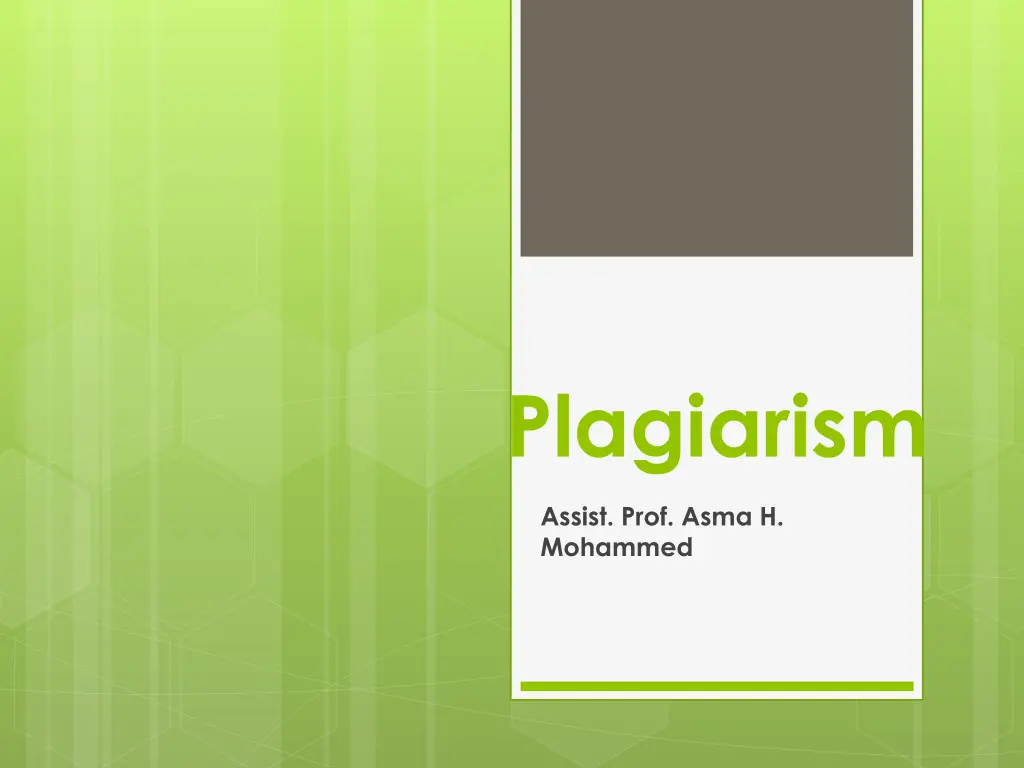
Understanding Plagiarism: Tips and Conventions for Proper Citation
Learn about the definition of plagiarism and how to avoid it by properly citing sources. Explore writing conventions for quoting or paraphrasing authors. Discover the importance of clear communication with readers and the significance of giving credit to authors in academic writing.
Download Presentation

Please find below an Image/Link to download the presentation.
The content on the website is provided AS IS for your information and personal use only. It may not be sold, licensed, or shared on other websites without obtaining consent from the author. If you encounter any issues during the download, it is possible that the publisher has removed the file from their server.
You are allowed to download the files provided on this website for personal or commercial use, subject to the condition that they are used lawfully. All files are the property of their respective owners.
The content on the website is provided AS IS for your information and personal use only. It may not be sold, licensed, or shared on other websites without obtaining consent from the author.
E N D
Presentation Transcript
Plagiarism Assist. Prof. Asma H. Mohammed
What is Plagiarism Submitting a paper you didn t write yourself Cheating! Copying from sources and pretending you wrote it yourself We all know this is cheating, too! Submitting a paper you didn t write yourself Cheating! Copying from sources and pretending you wrote it yourself We all know this is cheating, too!
What is Plagiarism Submitting a paper you didn t write yourself Cheating! Copying from sources and pretending you wrote it yourself Cheating! Using a source and saying it is a different source Also cheating (even if an accident)!
What is Plagiarism Submitting a paper you didn t write yourself Cheating! Copying from sources and pretending you wrote it yourself Cheating! Using a source and saying it is a different source Cheating! You use author s ideas and words without giving author credit This is main source of plagiarism! Confusing even for Americans! Let s learn to avoid this!
Talking to your reader Make clear who said/thought what Sometimes you use the exact same words as author Sometimes you paraphrase author But always, you make it clear which words/ thoughts are author s, which are yours Readers understand because you follow certain conventions (agreed upon ways of doing things)
Writing conventions When borrowing author s exact same words Cite your author Use quotation marks around borrowed words Even when paraphrasing author s information Cite your author Always, when reporting author s information Cite your author Cite your
Cite your author! Cite? What does cite mean? According to President Obama, the economy He goes on to say Lee (2007) argues that inflation will The army s actions were incomprehensible and reprehensible (Adams & Morten, 232). All bold words above are examples of citation. Different disciplines/professors require different citation styles be sure to ask
What are you telling your reader?
What are you telling your reader?
To be clear Plagiarism can happen when your citation (or lack of it) Tells your reader one thing, but you meant something else Example: you paraphrase an author s words but you do not cite the author You just told your reader that it is YOUR idea But in reality, it is the AUTHOR s idea Maybe you forgot or misunderstood the convention, but still it is plagiarism Let s take a quiz



